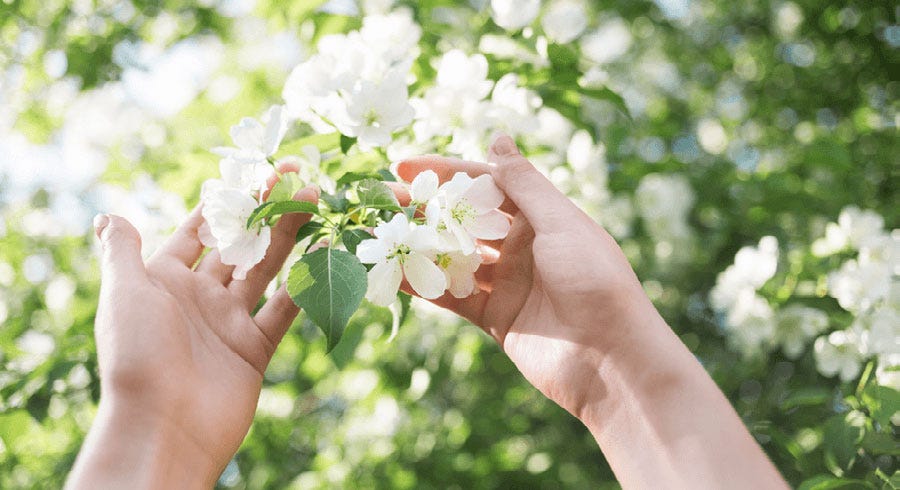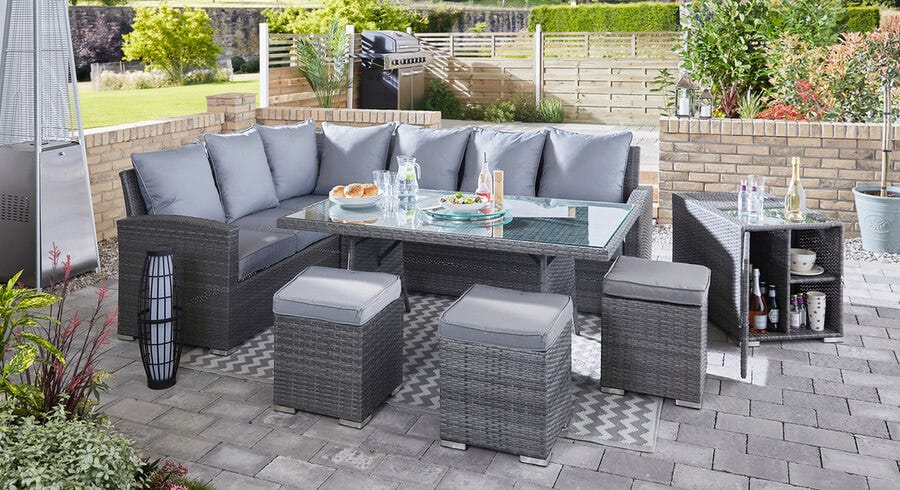When you start gardening, the compost and chemical landscape can seem a bit of a minefield. With heaps of different types of compost out there, how do you know which to choose? And what on earth is the difference between potting mix and multi-purpose compost? If you throw in the dilemma of needing to use chemicals around children or pets, it can all get a bit time-consuming checking out what’s best to buy.
To save you time, we’ve put together some useful information about all the different compost types and their uses, and followed it up with a handy list of child- and pet-safe garden chemicals. We’ve also included some important advice on how to dispose of garden chemicals in an environmentally friendly way to arm you with all the info you need to be a successful, responsible gardener.
Peat Based Compost
Peat based compost comes in many variations, with each intended for a slightly different use in the garden. They’re made from peat mixed with other ingredients such as fertiliser, sand, perlite (lightweight volcanic glass), vermiculite (water-holding mineral-based granules), lime and wetting agents. Carnivorous plants thrive best in peat based composts, though you can get special peat-free mixes for them too.
Peat Free Compost
Many gardeners are now opting for peat free compost due to concerns about the environment (mining peat is known to damage habitats and frees the carbon that was safely trapped inside, releasing it into the atmosphere). It’s great for sowing seeds and rooting cuttings, although it can be used for many other garden jobs depending on the variety. It’s often made with base ingredients such as wood fibre, composted bark, coir (coconut fibre) and green compost mixed with inorganic materials like grit and perlite. This type of compost is ideal for filling tubs,
planters and hanging baskets for annual flowers or vegetables.
Loam Based / John Innes Compost
The main component in John Innes compost is loam, which supplies clay and absorbs and releases plant nutrients as required. It also contains horticultural sand, limestone and fertilisers, though the exact mixture varies with each product. You’ll often see three types of John Innes composts, with the main difference being the amount of fertiliser each contains. No. 1, which contains the least amount of nutrients, is ideal for transplanting seedlings; No. 2 is well suited to potting up small plants; and No. 3, which has the largest amount of fertiliser, is designed for the final planting up of your crops.
Organic Compost
Organic compost contains a mixture of organic matter like peat, wood fibres and bark, creating a mixture that’s rich in naturally occurring nutrients. The amount of different materials it contains depends on the individual product you buy, which means the amount of time they feed plants for differs. Check the label to make sure the product you’re buying is suited to your needs.
Tip: If you’re looking for an environmentally friendly compost, it might be best to consider a peat free option as organic compost often contains peat.
All/Multi-Purpose Compost
This type of compost is suited to all garden tasks, from sowing seeds to planters, borders and taking cuttings. They come in varying blends of ingredients so, depending on the type you buy, they’ll feed your plants for differing amounts of time, or perhaps require less watering by only releasing water when your plants need it. You can choose between multiple mixtures, such as peat free and with or without John Innes, but check the label if you’re keen to make sure.
Potting mix, or potting soil, is a lightweight material used for starting seeds off indoors. It’s made up of a mixture peat moss, tree bark and other ingredients and is steam-heated to kill any bacteria and diseases. This makes it a light, airy and sterile environment with good drainage for young root systems and small planters.
Compost, on the other hand, is of medium density and is packed with lots more nutrients, making it ideal for fully grown plants in open veg plots or flowerbeds. The richness of the soil comes from all the green and brown matter that combine during the composting process, which reduces the need for chemical fertilisers.
When it comes to treating your garden with weed killers and other chemicals, you can’t be too careful if you’ve got pets, children or grandchildren. Avoid anything with metaldehyde and stay away from disulfoton pesticides as these are extremely toxic (luckily most of the latter have been taken of the market). Opt instead for those that are clearly labelled child- or pet-friendly once dried.
If you end up with a few half-empty bottles of weedkiller or other chemicals you don’t need, make sure you dispose of them correctly so as to protect the environment.
Do
- Use up surplus diluted products for the purpose they were intended for
- Dispose of unused chemicals, or those that have had their approval withdrawn, through the local waste authority
- Recycle empty containers that have held ready-to-use products
Don’t
- Dispose of garden chemicals down drains, sinks, toilets, ponds or other wildlife habitats
- Recycle empty containers that have held concentrated products – rinse them out three times and dispose of them with regular household waste
This information comes from The Common Sense Gardening Group of the Crop Protection Association.












